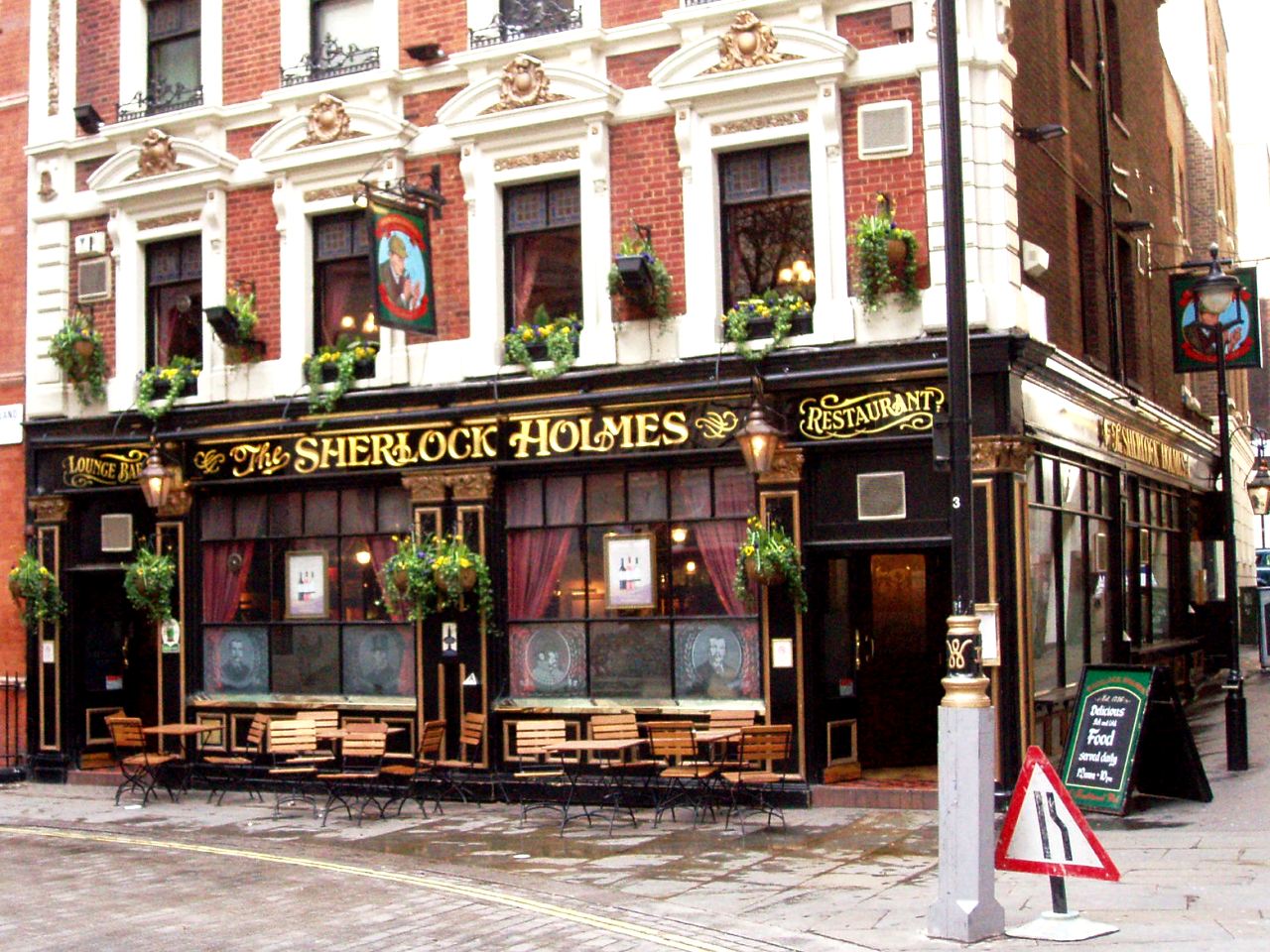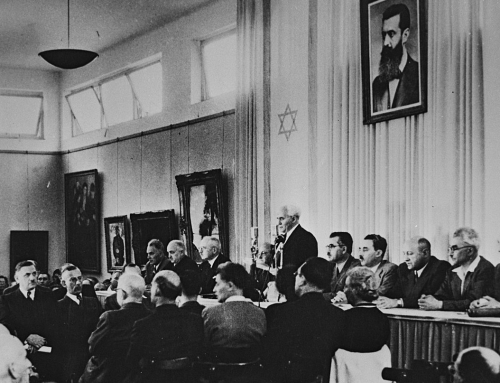THE PUB AND THE BUG
BY IAN MURDOCH
Fyfe Robertson – a BBC TV Reporter in the 1960’s – remarked in his “Search for the Perfect Pint” that it was not just the quality of the beer that mattered, but where you drank it and who you drank it with. The success of pubs in meeting these challenges is evidenced by the way in which they have become a central feature of the British way of life.
Pubs go back a long way. Although they mainly acquired their present form in the 19th Century, the oldest of them claim to have been in existence for a thousand years or more. They come in many shapes and sizes, from the simple watering-holes where factory workers meet with friends for a drink after work to the many restaurant-type establishments frequented by zoot-suited city slickers discussing deals in the City’s Square Mile. There is no social stigma attached to visiting a pub.
Pubs are to be found not just in towns, cities and villages, but also – in the tradition of the Wayside Inn for travellers – on traffic-laden roads between them, by waterways, bus terminuses and railway stations. Most offer food, ranging from the basic crisps and peanuts available in the simplest pubs, through sandwiches and fairly limited hot food (often not a wide choice but always plentiful and inexpensive) through to pubs which have flipped their business from being a pub with a restaurant attached to a restaurant with an attached bar.
Irrespective of their type, all pubs have a relatively large bar area, where customers order, collect and pay for their drinks. In a pub, the action centres on the bar.
Particularly at peak times there will be many customers around the bar either standing in groups or perched on bar stools. At such times there are likely to be many more patrons than available seats. Indeed it is quite common, for example in the West End of London, to see a small crowd spilling out on to the pavements. There are minimal formalities to observe in pubs – a free-and-easy attitude is one of the recipes of their success.
A free-and-easy attitude: aye, there’s the rub… overcrowded premises, customers standing close together in groups round the bar, talking loudly so as to be heard above the general hubbub, no masks – inevitably pubs were quickly seen as potential superspreader locations across the country and across all sections of society. Action was taken and is continuing. Pubs have been hit hard. In England for example, the Tier 1 restrictions permit only table service (no more activity around the bar) , Tier 2 restrictions allow only those pubs classified as restaurants to operate and under Tier 3 regulations all pubs have to remain closed. The traditional pub life is gone for the time being.
Will pubs survive the Bug? Yes, they will. They survived the drink-and-drive laws and the advent of the breathalyzers. They will outlast the Bug. But when will pubs be able not only to re-open but to get back to business as usual? What restrictions will continue to apply? We will have to wait and see. Whatever restrictions may apply after the 3-tier regulations expire, it will be a challenge to accommodate the hitherto free-and-easy pub way of life within them. This could be the most difficult challenge of all!
Pubs allow their patrons to meet, socialise, discuss, argue, take part in activities (darts, billiards, pub quizzes, football match broadcasts and others) and to hold centre stage. Dear Pubs, please do everything you can to be able to resume business as usual as soon as you can! You are an essential part of society: The British way of life needs you!
Let us have your thoughts and Pub experiences. We are looking forward to receiving your comments!







